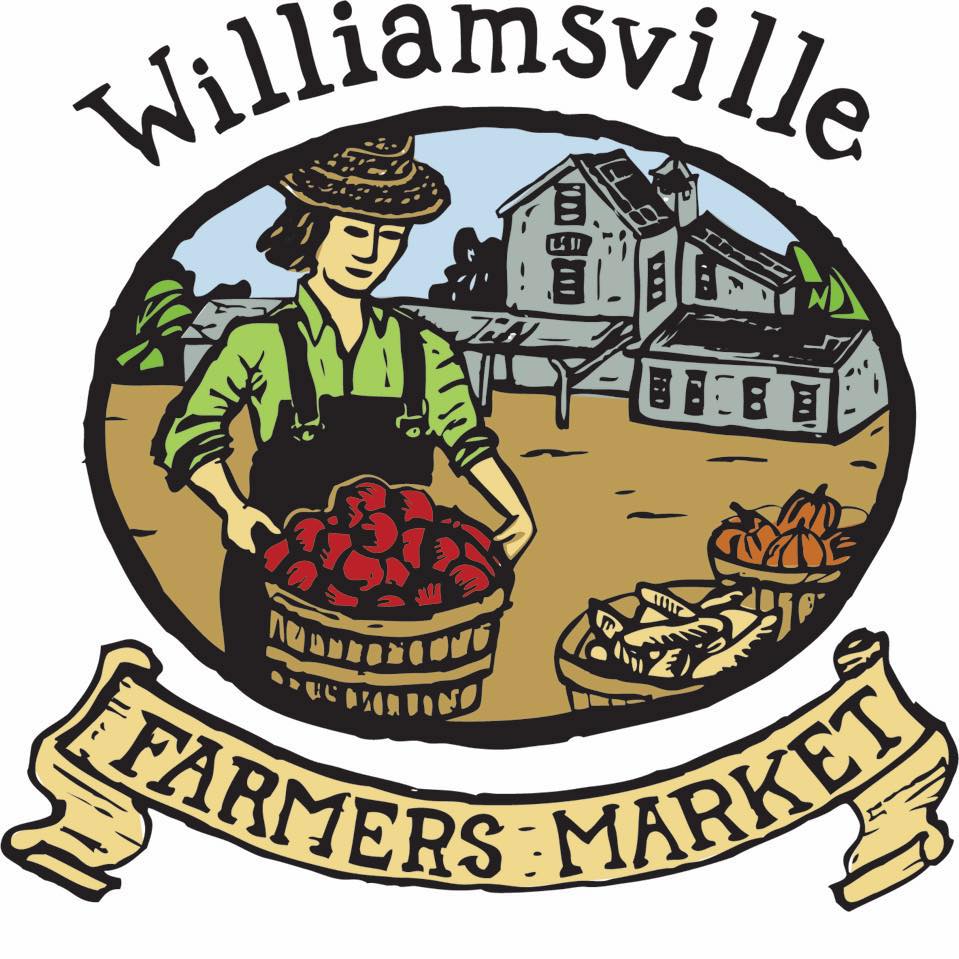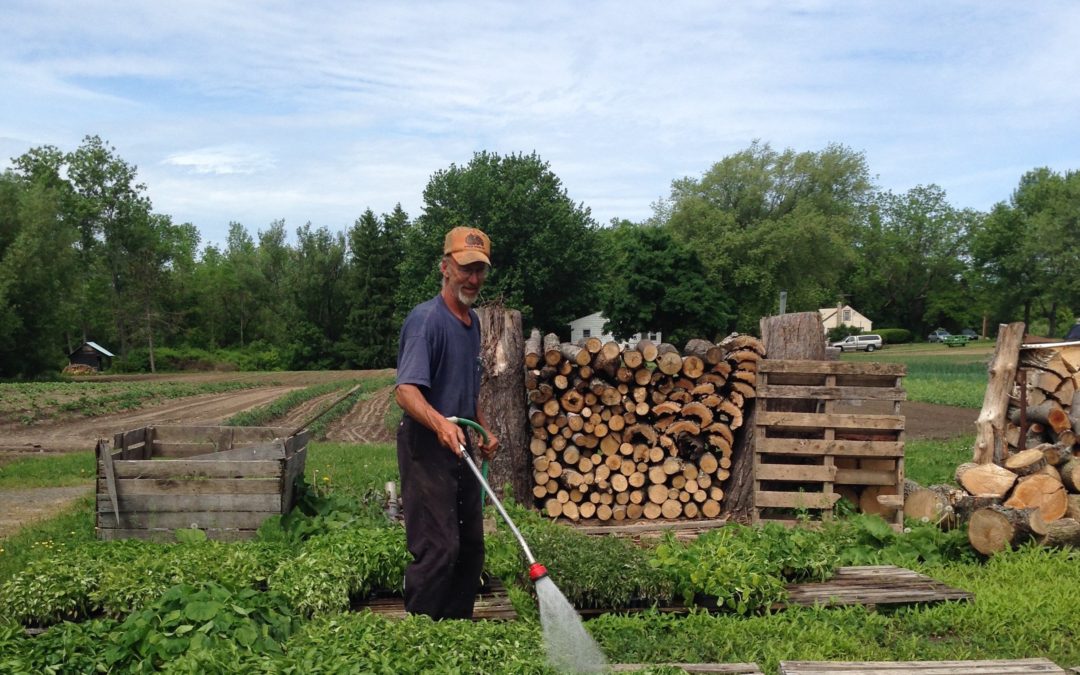It’s hard to miss Seabert Farms at the Market. They have an expansive table, manned by the owner himself, Ken Seabert. Seabert Farms is a 4th generation farm located in the town of Cambria, NY. For over 100 years, the Seabert family has been farming their land to bring fresh produce to your table.
You can tell when you talk to the easy going Seabert patriarch, that he knows a bit about farming because he can tell you things like “when the dog eats grass, it’s a sign that we might be getting some rain.”
We took a few trips out to Seabert Farms from the first plantings through the fall harvest. This particular season bore the challenge of early, abundant rains followed by high heat and extended dryness. But these are among the challenges farmers endure on any given season — they are at the mercy of the weather conditions and must continually adapt. One such adaptation for Seabert was the digging of a pond to help with watering needs.
During one of our first visits out, we had the opportunity to sample some homemade German cherry and dumpling soup. It was made from a family recipe and had a unique, but marvelous flavor (maybe next time we can coax the recipe out of him). But don’t look for cherries at the Seabert table; they don’t harvest them for the market anymore.
Although Seabert Farms predominantly grows vegetables, they also grow things like mums (offered in 13 colors). Seabert definitely doesn’t do things in half measures; for instance, they don’t just offer squash, they offer it in ten different varieties. We learned that things are planted in rotation and staggered for a continuous harvest. For example, on one visit, we saw corn plants at three different stages of development— at two, eight, and eighteen inches high to extend the harvest offering time. Indian corn, which is edible but primarily sought out for fall decoration, was planted in an entirely different field.
We learned loads of interesting things on our visits, like when an onion nears ripening the plant sends its remaining moisture from its green top into the bulb. This helps to nourish the bulb and causes the plant to naturally ‘drop’ its green top. Farmers will flatten down the tops to help this process along. (Who knew?)
Be sure to stop in at Seabert’s table at the Market, you’ll not be disappointed and they certainly have a wide variety to offer. And don’t be afraid to ask questions, Ken is sure to have an answer for any question you might have about his wares.

